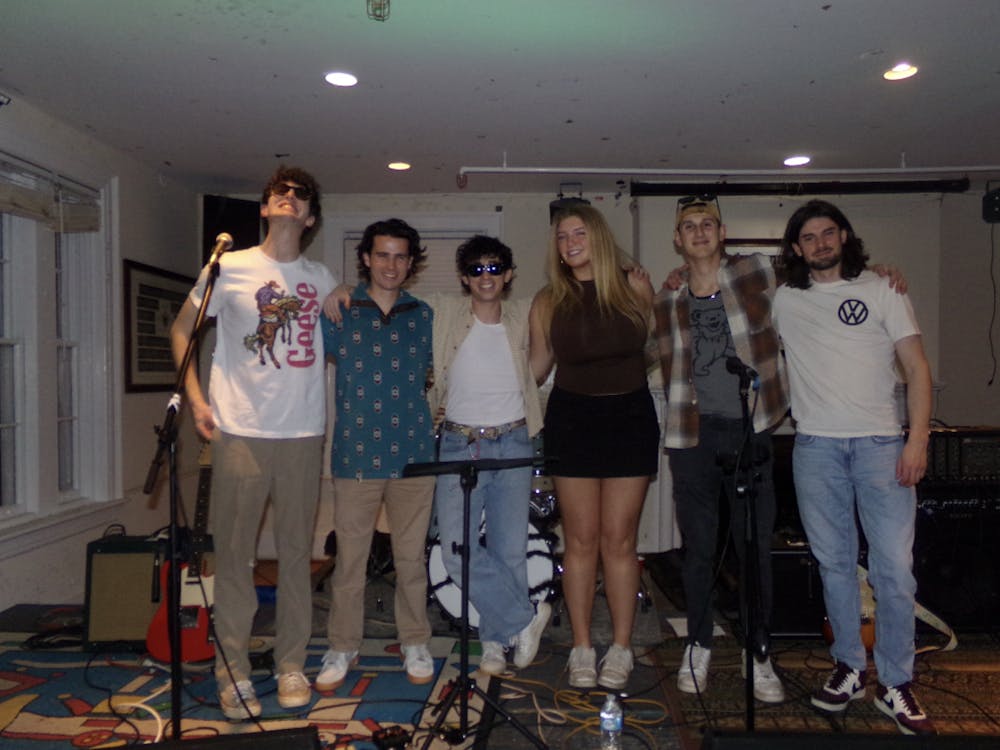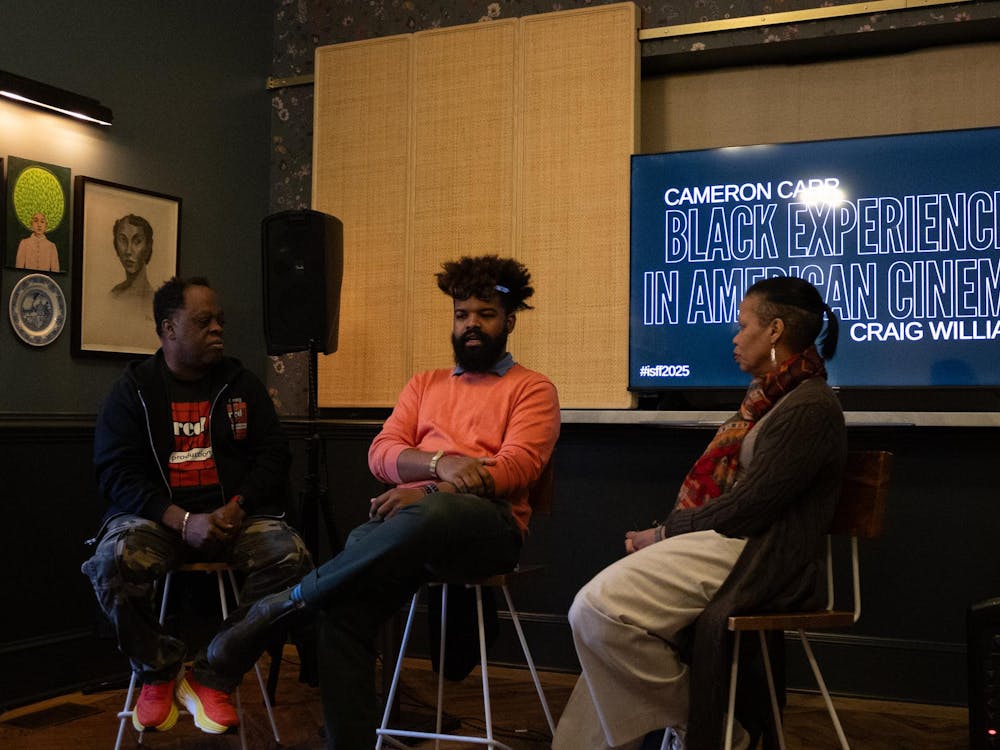I don’t think there is a single student at the University who doesn’t remember his or her favorite book as a child. My five-year-old self was constantly torn between Richard Scarry’s “Busytown” and Eric Carle’s classic “The Very Hungry Caterpillar.” Now far past that era in my life, though, children’s books have been, to an older me, exactly that: books for children.
After last Thursday’s look into “A Refining Palette,” a talk given to a sizable audience in Monroe Hall, I stand corrected. Children’s books are vessels for both art and culture — masterpieces in their own right.
“A Refining Palette” was organized by the Center for Russian, East European and Eurasian Studies and focused on children’s book illustrations in Poland from the 1960s and 1970s. The talk was given by visiting professor Beth Holmgren from Duke University, who took her audience through the engaging history of Polish illustrations, explaining why they, in particular, stand out in the world of literary artwork.
The Iron Curtain may have stifled basic human rights, but it opened up a strangely free venue for children’s book artists. Deemed necessary but harmless by the state, artists were given state funds to illustrate their books, and then virtually ignored. This allowed illustrators complete freedom in their works. They didn’t have to pander to mass media publications or tailor their art for private, paying individuals. Polish artists has more creative freedom than their American counterparts, who felt the pressure of the market to follow money-making trends.
Polish artists were able to paint what they wanted, how they wanted, fostering boundless creativity and intellectual freedom. This led not to a single style of illustrations, but rather to a large variety of talents and illustrative methods, ranging from the use of simple stick figures to the employment of surrealism.
Poland also boasted the Polish Poster School, which educated young illustrators in a one-on-one setting. The verticalization of the education system meant the school was under state control, but it still created a place of vibrant creativity and imagination. Together, these two factors made Poland the hub of literary illustrations for more than a decade in the late 20th century.
Given that their work was published behind the Iron Curtain, the artists aren’t known well by name. Bohdan Butenko illustrated some 200 children’s books with his simplistic cartoonish style. On the opposite end of the spectrum, Olga Siemaszko presents graphics both eerie and colorful. Somewhere in the middle lies Jan Marcin Szancer, whose illustrations are best termed realistic and bright. And such artists just scratch the surface — almost the entire range of illustrative style could be seen during the event.
Holmgren would later comment on the myriad artistic movements present in these works.
“The [artists’] richly diverse illustrations educated children about the distinctive scenery and material culture of far off lands and past historical periods,” Holmgren said. “They familiarized children with the distinctive features of famous artistic movements. And they surprised and engaged children’s attention with the compelling innovations and idiosyncrasies of largely uncensored work.”
For reasons like this, “A Refining Palette” became about more than just the engrossing nature of the illustrations. It took something I’d never given a second thought to — children’s books — and cast them in a new light. “The Very Hungry Caterpillar” will never be the same.






